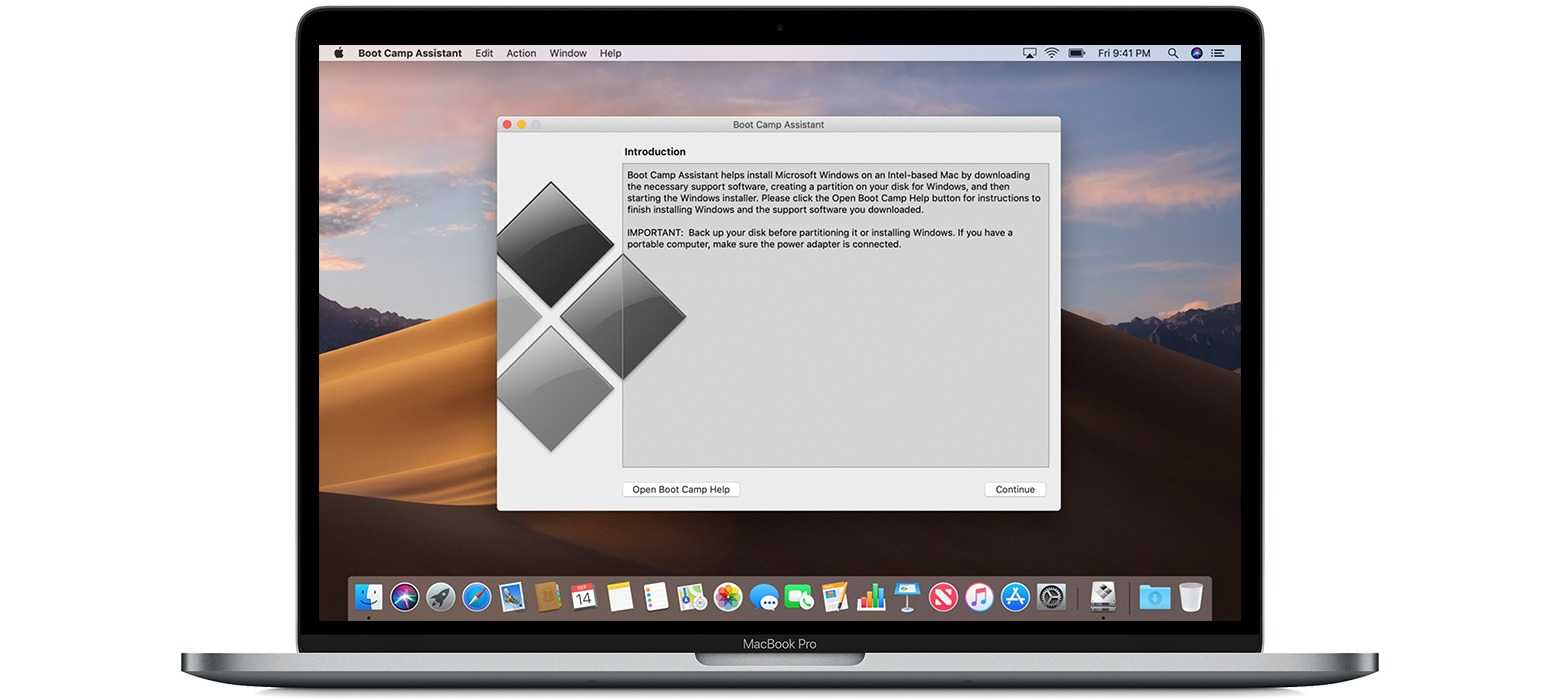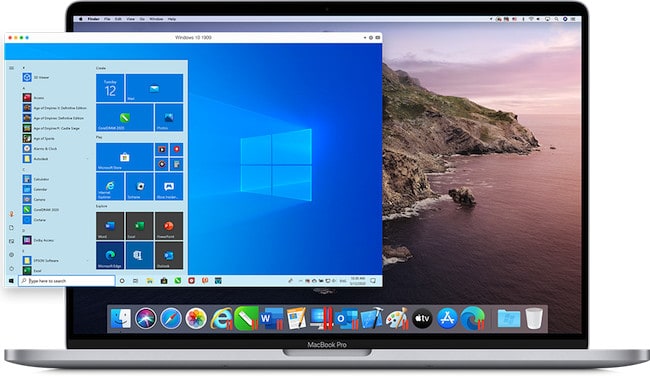
- Windows On Old Book .Exe To Start#
- Windows On Old Book Windows 7 Or Windows#
- Windows On Old Book Download The Tool#
Windows On Old Book Windows 7 Or Windows
You have a license to install Windows 10 and are upgrading this PC from Windows 7 or Windows 8.1.Many Mac users are still unaware that you can install Windows 10 on a Mac for free from Microsoft perfectly legally, including on M1 Macs. Step 3: Open the UUbytes program and click on. When the dialog appears, click Save and specify a location for the files. Step 2: Launch Boot Camp Assistant, go to Action and click on Download Windows Support Software. Step 1: Get the Windows 10 ISO from Microsoft's website and install the Mac version of UUbytes ISO Editor.
You need to reinstall Windows 10 on a PC you’ve already successfully activated Windows 10.Designed for Mac. And if you are interested, then we have provided a simple and straightforward guide by using which you can install Windows 10 on your Mac OS computer. So, you must look for another way. Bootcamp causes several errors. But every easy thing brings hardship in the end.
Select Download tool, and select Run. We also recommend going to the PC manufacturer's website for any additional info about updated drivers and hardware compatibility. Our.If you are installing Windows 10 on a PC running Windows XP or Windows Vista, or if you need to create installation media to install Windows 10 on a different PC, see Using the tool to create installation media (USB flash drive, DVD, or ISO file) to install Windows 10 on a different PC section below.Note: Before you install Windows 10, check to make sure your PC meets the system requirements for Windows 10.

Windows On Old Book Download The Tool
An internet connection (internet service provider fees may apply). Using the tool to create installation media (USB flash drive, DVD, or ISO file) to install Windows 10 on a different PC (click to show more or less information)Follow these steps to create installation media (USB flash drive or DVD) you can use to install a new copy of Windows 10, perform a clean installation, or reinstall Windows 10.Before you download the tool make sure you have: Make sure you don’t turn off your PC. It might take some time to install Windows 10, and your PC will restart a few times. Save and close any open apps and files you may be running, and when you’re ready, select Install. Select Change what to keep to set whether you would like to Keep personal files and apps, or Keep personal files only, or choose to keep Nothing during the upgrade.
You’ll create either a 64-bit or 32-bit version of Windows 10. 64-bit or 32-bit processor (CPU). When burning a DVD from an ISO file, if you are told the disc image file is too large you will need to use Dual Layer (DL) DVD Media.Check a few things on the PC where you want to install Windows 10: A blank USB flash drive with at least 8GB of space or blank DVD (and DVD burner) if you want to create media.We recommend using a blank USB or blank DVD, because any content on it will be deleted.
To see what language you're currently using, go to Time and language in PC settings or Region in Control Panel. You'll need to choose the same language when you install Windows 10. We also recommend going to the PC manufacturer's website for additional info about updated drivers and hardware compatibility. Make sure the PC meets the system requirements for Windows 10.
Microsoft Office products. For more info, go to the Volume Licensing Service Center. Windows 10 Enterprise isn’t available in the media creation tool. To check what edition you're currently running, go to PC info in PC settings or System in Control Panel, and look for Windows edition.
If you agree to the license terms, select Accept. You need to be an administrator to run this tool. Select Download tool now, and select Run. For tips on locating your product key, check Find your Office 2010 product key or Enter the product key for your Office 2007 program.Using the tool to create installation media: For more information, check How to upgrade to Windows 10 on new devices that include Office 365.If you have Office 2010 or earlier and choose to perform a clean install of Windows 10, you will need to locate your Office product key. To redeem your copy of Office, please see Download and install Office 365 Home, Personal, or University on your PC.
Save an ISO file to your PC, which you can use to create a DVD. Any content on the flash drive will be deleted. Attach a blank USB flash drive with at least 8GB of space. This table will help you decide which edition of Windows 10 you’ll choose: Your current edition of WindowsWindows 8/8.1 Professional with Media CenterWindows 8 Chinese Language Edition with Bing
If you used the media creation tool to download an ISO file for Windows 10, you’ll need to burn it to a DVD before following these steps. You may also wish to visit your device manufacturer’s support site for any additional drivers that may be needed.Note: Drivers for Surface devices may be found on the Download drivers and firmware for Surface page.Before you install Windows 10, it’s a good idea to save any work and back up your PC before you start. To check for updates now, select the Start button, and then go to Settings > Update & Security > Windows Update, and select Check for updates. After the installation media is created, follow the steps below to use it.After completing the steps to install Windows 10, please check that you have all the necessary device drivers installed. For more info about using an ISO file, see Additional methods for using the ISO file to install Windows 10 section below.
To ensure the PC fully shuts down, select the power button on the sign-in screen or on the Start menu and select Shut down. If you do not see the USB or DVD media device listed within the boot options, you may need to reach out to the PC manufacturer for instructions for temporarily disabling Secure Boot in your BIOS settings.If changing the boot menu or order doesn't work, and your PC immediately boots into the OS you want to replace, it is possible the PC had not fully shut down. For instructions on accessing the boot menu or changing the boot order for your PC, check the documentation that came with your PC or go to the manufacturer's website. To open a boot menu or change the boot order, you'll typically need to press a key (such as F2, F12, Delete, or Esc) immediately after you turn on your PC.

Windows On Old Book .Exe To Start
Double-click setup.exe to start Windows 10 setup. Double-click the ISO file to view the files within. Right-click the ISO file and select Mount. On the General tab, click Change… and select Windows Explorer for the program you would like to use to open ISO files and select Apply.


 0 kommentar(er)
0 kommentar(er)
